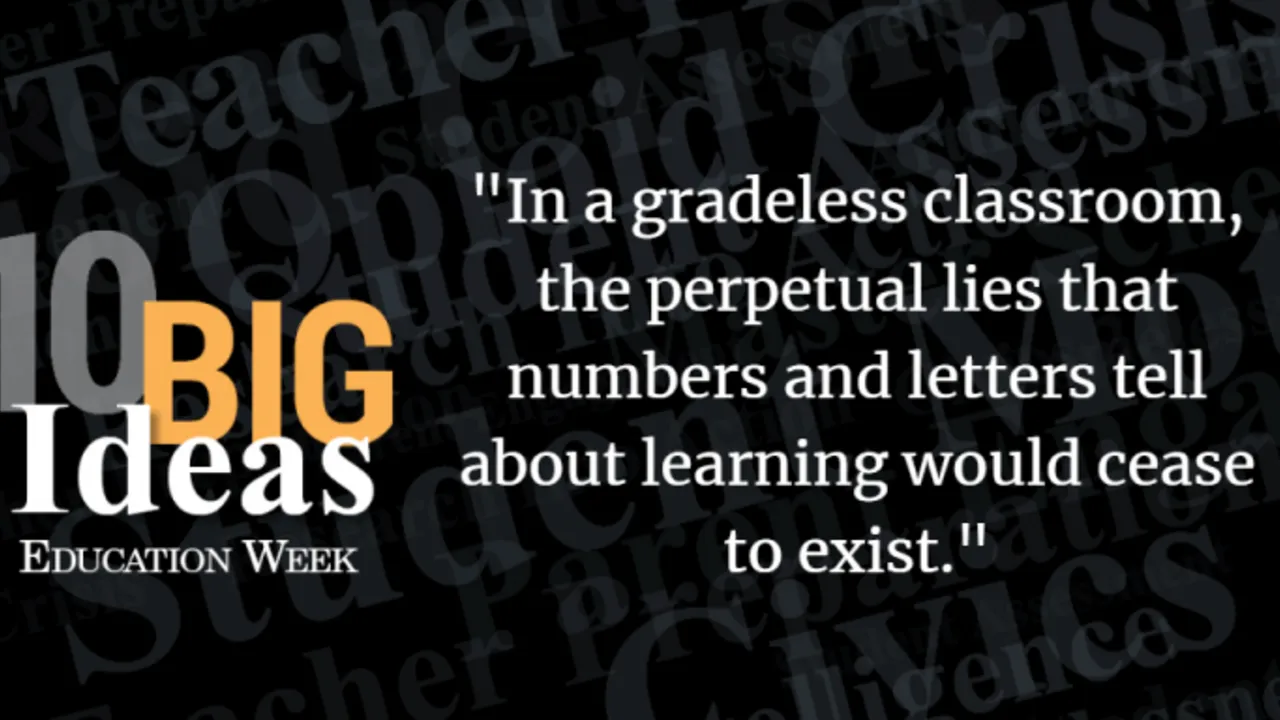Reimagine Success: The Role of Equity and High Expectations to Overcome Deficit Thinking
Jan 20, 2025
Cultivate a Culture of Potential in Diverse Classrooms

![]()
The opposite of deficit thinking is an asset mindset, which views all students as having strengths and being capable of learning. Seems simple … but is it?
A Half-Empty Glass Mentality
Many of us have heard of deficit thinking, both in our personal lives and in the educational sphere. Some have even had professional development instruction, attended webinars or read articles concerning it. Overcoming deficit thinking is not just another feel-good, positive-outlook perspective fad. It’s a Very Real Thing.
In the world of our students, it can make or break their entire school experience, no matter what their age, economic status, gender or previous level of academic success.
Ok, So What is This Very Real Thing?
You can broadly define deficit thinking in schools as blaming the victim.
It involves holding certain students, their family, or their student’s culture accountable for academic or behavioral difficulties at school. For example, school staff may assume that some students are acting out because they're innately “bad kids” or because their parents “didn't raise them right.”
Unfortunately, research indicates that educators are more likely to engage in deficit thinking when working with students of color, those from lower socioeconomic backgrounds, students with disabilities, and English Learners.
This can lead to teachers unintentionally lowering their expectations for students based on factors outside of the student’s control. It also paves the way for inequitable outcomes for students from historically marginalized backgrounds.
One example is a disproportionate number of office referrals for historically marginalized students leading to suspension or expulsion compared to other students.
Deficit thinking is harmful to education for two reasons:
- Educators assume that they can't support the student.
- It can lead to everyone in the school building lowering their expectations for that student.
Research shows that when educators have high expectations for students, these students will rise to meet those expectations. In contrast, when educators hold low expectations for students, students are less likely to succeed.
Take a good look at your school, your educators, your classroom:
- Where do you find yourself on this spectrum?
- What is the culture in your school and school district?
- Most importantly, what can you do to be better and expect more from the children in front of you?
Every small step you make could mean a world of difference for even one student.

Five Steps to Counteract Deficit Thinking in Schools
- Adopt an Asset-Based Perspective.
Focus on the strengths, talents, and cultural assets that each of your students bring to the classroom. Highlight students' potential and contributions, rather than viewing their socioeconomic or cultural backgrounds as barriers to success.
- Foster Inclusive Professional Development.
Provide ongoing training for educators on equity, implicit bias, and culturally responsive teaching. These workshops should challenge deficit-based assumptions and equip educators with strategies to create more inclusive and supportive learning environments.
- Engage Families and Communities as Partners.
Collaborate with families and community members to build relationships of trust and mutual respect. By incorporating their insights and perspectives into the decision-making process, schools can better understand and support students’ diverse needs.
- Set High Expectations for All Students
Communicate and demonstrate a belief in every student’s ability to achieve academic success. Establish rigorous standards while providing the necessary support systems, such as tutoring or mentoring, to ensure equitable access to opportunities.
- Collect and Reflect on Data Thoughtfully
Use data to identify inequities without reinforcing stereotypes. Analyze student performance and outcomes with a focus on systemic barriers rather than individual deficits and use this information to drive targeted interventions and improvements.
Each step encourages a shift from viewing challenges as inherent flaws in students to recognizing and addressing systemic factors that influence educational outcomes. And each of these steps leads to a better learning environment for your students and – ultimately – a more enriched and supportive education for each of them.
Win-win for us all, don’t you think?
Read More
- McClure, Byron, and Kelsie Reed. 2022. Hacking Deficit Thinking: 8 Reframes That Will Change the Way You Think about Strength-Based Practices and Equity in Schools. Times 10 Publications.
- “Deficit Thinking: A Barrier to Success.” X10 Publications. May 2023.
- “Embrace Asset-Based Language over Deficit-Based Language.” ICS Equity. May 14, 2024.
- “From a Deficit Model to a Human-Centered Approach.” X 10 Publications. May 7, 2022.
Resources
- Please note that part of this text is from a post entitled “Deficit Thinking in Schools: A Social Justice Issue” by Dr. Kelsie Reed that was shared previously on our site. It has been updated and expanded.
- Basketball court image by Risto3 from Pixabay.
- Teacher high-five image by RDNE Stock project from Pexels.
- Young basketball player image RDNE Stock project from Pexels.





